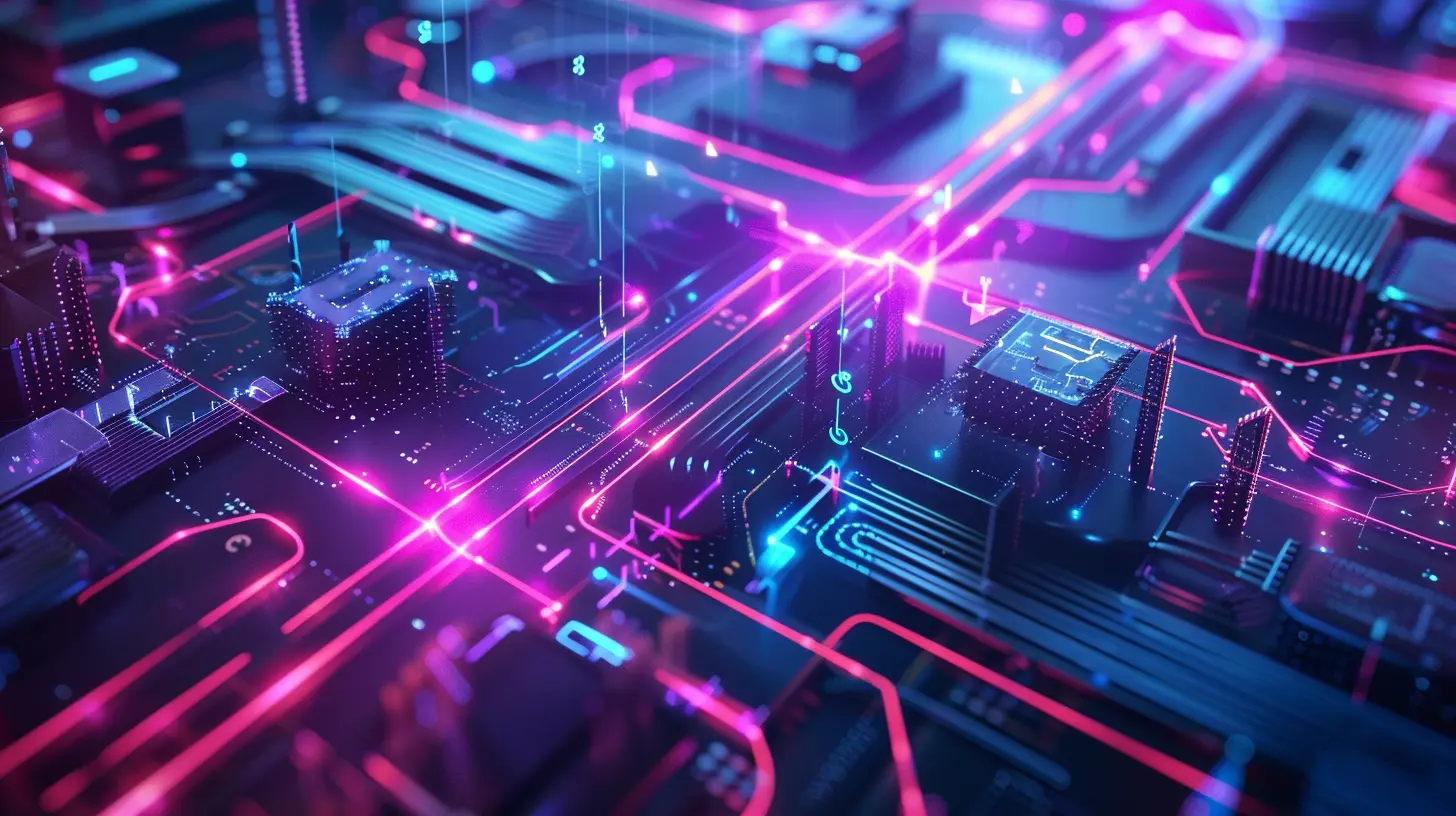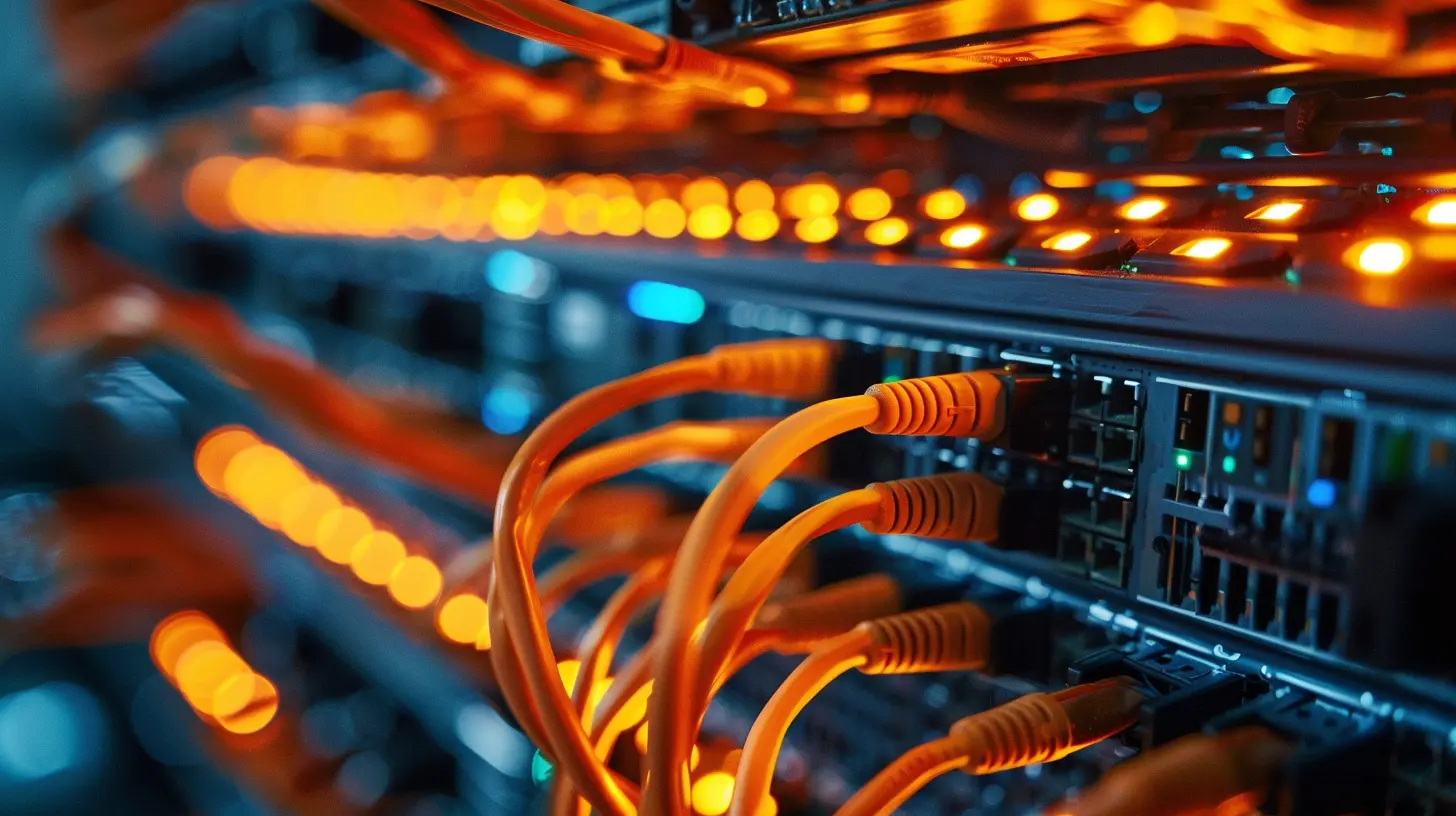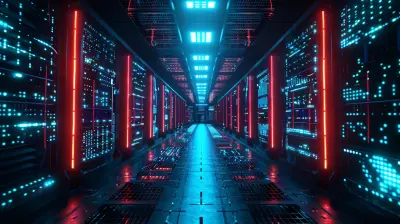How Fiber Optic Internet Works and Why It’s the Future
2 November 2025
If you’ve ever screamed at your Wi-Fi for buffering in the middle of your favorite Netflix show or lost your cool during a lag-filled Zoom meeting, then hey — you're not alone. We’ve all been there. The culprit? Usually a sluggish internet connection that’s just not up to speed with our modern digital lives. That’s where fiber optic internet comes in — the superhero of high-speed connectivity.
But wait, what’s fiber optic internet exactly? And why is everyone saying it’s the future?
Well, strap in, because we’re about to dive deep — but in a totally fun, non-nerdy way — into how fiber optic internet works and why it’s the game-changer we’ve all been waiting for.
What Is Fiber Optic Internet, Anyway?
Okay, let’s break this down into bite-sized pieces.Fiber optic internet is a data connection that transfers information using light — yes, actual light — through very thin strands of glass or plastic (called optical fibers). These fibers are about the thickness of a human hair, and they’re bundled together in cables that carry massive amounts of data at lightning-fast speeds.
Sounds futuristic, right? That’s because it kind of is. It’s the internet equivalent of upgrading from a horse-drawn carriage to a Tesla. While traditional internet cables (like DSL or coaxial) use electricity to transmit data, fiber uses — yep, you guessed it — light. And since light travels faster and can carry more data, fiber wins. Every. Single. Time.
A Closer Look: How Does Fiber Optic Internet Actually Work?
So, let’s geek out for a sec — but in a cool, understandable way.Imagine you're at a concert. There's a spotlight shining on the lead singer. The light beam travels in a straight line, right? Now, imagine that light carrying a message — your email, your YouTube video, your FaceTime call — across miles and miles at nearly the speed of light. That’s basically what’s happening with fiber optic internet.
Each optical fiber carries data encoded in pulses of light. These pulses bounce around inside the cable due to something called total internal reflection. The inside of the fiber is designed in such a way that light keeps bouncing along the cable’s path without losing much signal strength.
Here’s the process in simple terms:
1. Your device sends a data request (like opening a web page).
2. The signal reaches a modem or Optical Network Terminal (ONT).
3. It gets converted into light pulses.
4. These pulses travel down the fiber cables to the internet service provider and then onto the vast web of servers.
5. The requested data travels back the same way — as a light signal — and is converted back to digital data that your device can read.
Fast. Efficient. Reliable. Like fiber was basically born to be the internet’s chosen one.
Types of Fiber Internet: FTTH, FTTC, and FTTN
All fiber isn’t created equal, though. Depending on where you live or the provider you use, you might hear different acronyms floating around — like FTTH, FTTC, or FTTN. Confused already? Don’t be. Here's what they mean in plain English:- FTTH (Fiber to the Home): This is the gold standard. The fiber optic line runs directly into your house. No stops, no slow-downs. It’s the fastest and most reliable type.
- FTTC (Fiber to the Curb): The fiber line runs to a box near your home, usually within 300 feet. From there, traditional copper cables complete the connection. Still fast, but not as fast as FTTH.
- FTTN (Fiber to the Node): The fiber line only goes as far as a centralized box, which could be miles away. Then, the rest of the way your data crawls over copper wires — and that's where things slow down.
So yeah, FTTH is the dream scenario. The others? Still decent, but not quite future-proof.
Why Fiber Optic Internet Leaves the Competition in the Dust
Let’s compare fiber to some of the other connection types out there:1. Speed
Fiber can easily deliver speeds of 1 Gbps (gigabit per second) or more. That’s like downloading a full HD movie in under 10 seconds. Cable internet? Good luck matching that.2. Bandwidth
If your household has a dozen devices streaming, gaming, Zooming, and scrolling all at once, fiber barely breaks a sweat. It’s built to handle heavy traffic without slowing down.3. Reliability
Fiber is immune to many of the weaknesses of copper cables. It’s less affected by weather conditions, electromagnetic interference, and long distances. Translation? Fewer outages and a more stable connection.4. Latency
Gamers, rejoice! Fiber offers ultra-low latency — the time it takes for data to travel from one point to another. Your headshots and victory dances will thank you.5. Symmetrical Speeds
This is a biggie. Most connections have higher download than upload speeds. But fiber? Fiber offers symmetrical speeds — meaning your upload speed is just as fast as your download speed. Ideal for content creators, remote workers, anyone uploading big files or video conferencing.So, Why Isn’t Everyone Using Fiber Already?
Great question. The short answer? Infrastructure.Laying down fiber optic cable is no small task. It involves digging, permits, planning, and, yes, money. Lots of it. Most cities and towns still rely heavily on older copper-based systems that were originally built for phone lines or cable TV. Upgrading takes time and investment.
But don’t worry — things are changing. Fast.
Telecom giants and startups alike are pouring billions into expanding fiber infrastructure, and governments are backing large-scale rollouts, especially in underserved rural areas. It’s only a matter of time before fiber becomes as common as electricity — everywhere, for everyone.
Real-Life Benefits of Fiber Internet: It’s Not Just Speed
Sure, speed matters. But fiber does more than just load pages faster.Remote Work Becomes Effortless
With more people working from home than ever, having a stable and fast connection is no longer a luxury. It’s a lifeline. Fiber ensures smooth video calls, fast file uploads, and zero buffering when sharing screens.Entertainment Without Limits
Streaming your favorite 4K shows, playing bandwidth-hungry games, or hosting Zoom watch parties — all without a hiccup? That’s fiber power.Smart Homes Run Like Clockwork
Got smart lights, cameras, and thermostats? A fiber connection keeps your home automation running seamlessly.Future-Proofing Your Life
Even if you don’t need super-fast internet today, chances are you will very soon. As tech evolves — think AR/VR, AI assistants, cloud gaming — fiber will be the only connection that can keep up.Is Fiber Internet Worth the Cost?
Absolutely. While plans might be a bit pricier than cable or DSL, the value you get in return is undeniable. Plus, prices have been dropping as competition heats up. Many fiber providers even offer no data caps, no throttling, and consistent speeds — day or night.Think of fiber internet as an investment in your digital lifestyle. It’s like paying a bit more for a first-class seat when you know the ride will be smoother, faster, and just... better.
The Future Is Fiber
Let’s face it — we’re not going backward. Our devices are getting smarter, our lives more online, and our expectations higher than ever. You can’t future-proof your home with yesterday’s internet.Fiber isn’t just a trend. It’s the next leap forward. A fundamental shift in how we connect, work, play, and live.
So, the next time someone asks, “Why does fiber matter?” You’ll know the answer: Because it’s the internet we’ve always needed. Fast. Reliable. Ready for the future.
And let’s be real — who wants to buffer in 2024?
Final Thoughts: Should You Make the Switch?
If fiber is available in your area, making the switch is a no-brainer. Whether you're a remote worker, a gamer, a streamer, or just someone who hates slow internet (aka everyone), fiber internet is the upgrade you deserve.From its blazing speeds to its reliability and scalability, fiber optic internet isn’t just a tech upgrade — it’s a lifestyle upgrade.
So take the leap. Once you go fiber, you’ll never go back.
all images in this post were generated using AI tools
Category:
NetworkingAuthor:

John Peterson
Discussion
rate this article
1 comments
Henrietta Lewis
Great insights! Fiber optic's speed and reliability truly shine!
November 4, 2025 at 12:00 PM

John Peterson
Thank you! I'm glad you found the insights helpful—fiber optics really are game-changers for internet connectivity!


